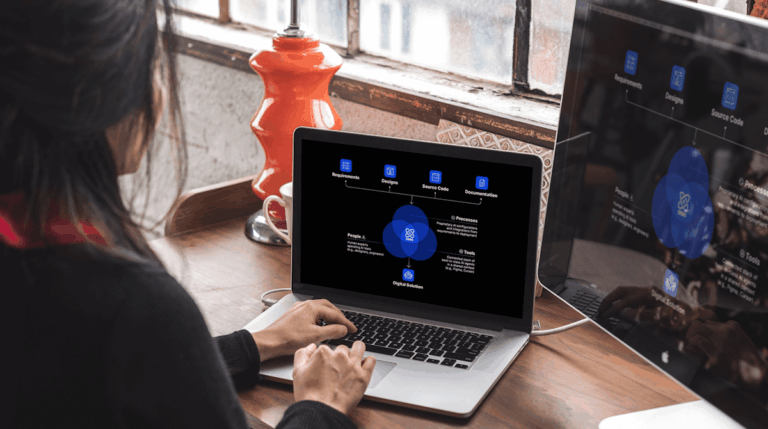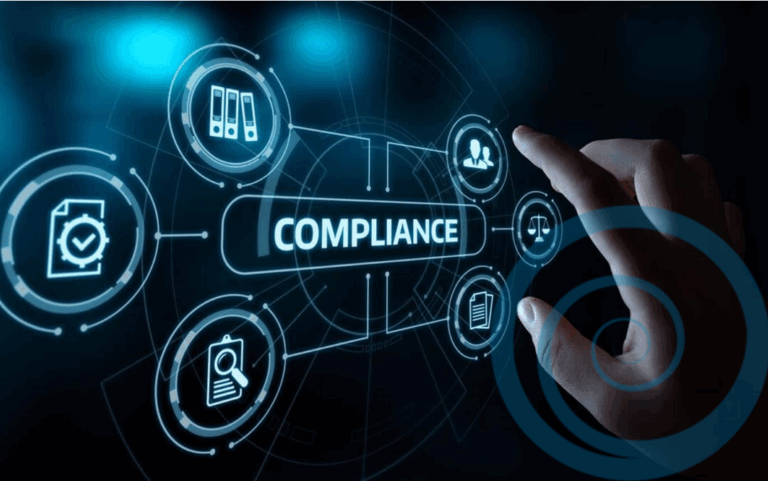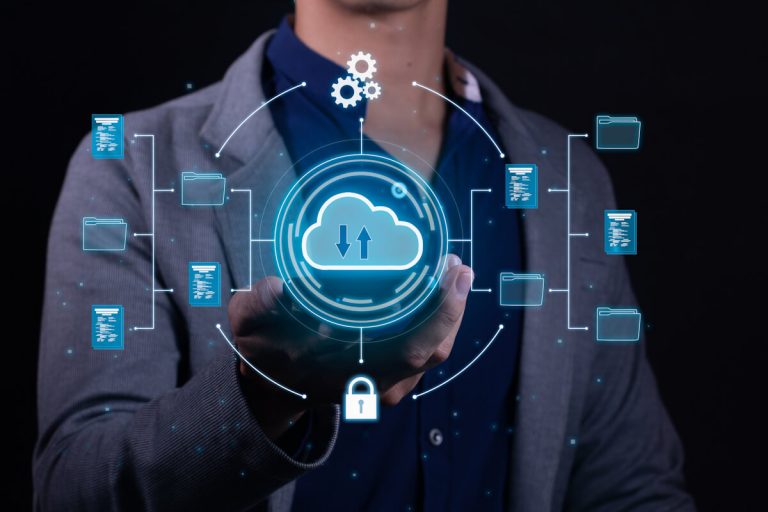Modernizing legacy systems is one of the most urgent—and complex—challenges facing organizations today. These systems often support critical operations but weren’t designed for today’s speed, scale, or data complexity. And while a full rebuild might sound appealing, ripping and replacing isn’t always an option.
That’s where Agentic AI comes in.
Agentic AI refers to artificial intelligence that can take autonomous action and orchestrate workflows—transforming how organizations operate without requiring them to start from scratch. But as powerful as the technology is, successful modernization isn’t just about deploying AI tools. It’s about creating a strategy that aligns technology with people, culture, and long-term adaptability.
At Dualboot Partners, we’ve helped organizations modernize legacy platforms while evolving their teams. The result? Legacy code becomes leverage—and employees grow into AI-native contributors.
A successful AI modernization journey is not just about technology upgrades; it’s about empowering your people, preserving institutional knowledge, and building a culture of continuous innovation. The following five strategies create a cohesive roadmap for leaders seeking to harness AI for sustainable modernization:
1. Lead with People: Phase AI into Your Culture
Introducing AI—especially agentic AI—can spark anxiety across teams. A people-first, phased approach builds trust and sets the foundation for long-term success. At Dualboot, we recommend a three-phase rollout:
- Assisted Intelligence: Start small with AI handling discrete, repetitive tasks like code translation or documentation.
- Augmented Intelligence: Introduce copilots that support complex workflows—like requirements extraction—while launching reskilling programs in QA and AI oversight.
- Autonomous Intelligence: Empower AI agents to orchestrate full processes, shifting teams to strategic, ethical, and innovation-focused roles.
This gradual rollout minimizes disruption and maximizes team buy-in. In one project, 72% of legacy developers transitioned into new roles focused on overseeing AI systems and enhancing their outputs.
By starting with your people, you create a foundation of trust and engagement—essential for any successful transformation.
2. Reskill, Don’t Replace: Retain Knowledge Through Transition
One of the biggest fears surrounding AI is job loss.
Dualboot’s 3PO platform automates legacy code translation—freeing up developers to focus on innovation. Instead of layoffs, we help clients reassign these experts to AI oversight and strategic initiatives—leveraging their deep contextual knowledge as organizations evolve their platforms.
The result: organizations retain their people and their know-how—while upgrading their tech stack.
This approach ensures that modernization strengthens your organization’s core expertise, rather than eroding it, and positions your team as stewards of both technology and institutional memory.
3. Create the Jobs of the Future—Today
Agentic AI doesn’t just replace tasks—it creates entirely new job categories. Forward-thinking leaders prepare for this shift early.
We’ve helped clients in healthcare, logistics, and finance transition business analysts, compliance specialists, and product managers into new roles like:
- AI Ethics Officers
- AI Agent Managers
- AI Compliance Architects
These hybrid roles combine domain expertise with AI fluency—providing the guardrails for safe, effective deployment.
By proactively developing these roles, leaders ensure their organizations are equipped to manage, govern, and innovate with AI—turning modernization into a catalyst for career growth and organizational resilience.
Want to bring these strategies into your organization?
Download the roadmap and visual summary to start planning your AI-powered modernization — with clarity and confidence.
4. Build Company-Wide AI Literacy
AI shouldn’t be siloed in the IT department. For organizations to truly modernize, everyone—from finance to operations—needs to understand and work alongside AI.
Dualboot worked with a logistics company to roll out AI-powered inventory alerts and NLP tools. Non-technical staff were trained to use these tools with zero coding knowledge—resulting in a 62% drop in manual data entry errors and a faster, more empowered team.
This is how you democratize AI—and accelerate innovation across the board. When AI literacy is woven into the fabric of your organization, every employee becomes a driver of modernization, not just a passenger.
5. Spin the AI Flywheel: Start Small, Scale Smart
AI transformation isn’t a one-off project. It’s a flywheel.
Start with a small win—a repetitive task that AI can improve. Measure the outcome, celebrate the success, and reinvest the gains into your next improvement. This self-reinforcing loop builds momentum, creates internal champions, and reduces resistance to change.
At Dualboot, we coach clients on how to track the right metrics, communicate wins, and keep the AI productivity flywheel in motion.
This iterative approach ensures that modernization is sustainable, scalable, and deeply rooted in real business value—fueling continuous progress.
Final Thoughts
Legacy system modernization doesn’t have to mean high risk, high cost, or workforce disruption. With the right strategy, agentic AI becomes a force multiplier—elevating your existing team, unlocking innovation, and turning technical debt into long-term advantage.
By connecting these five strategies, leaders can create a seamless journey from legacy to AI-powered future—one where people, technology, and culture move forward together.
FAQs
How can I modernize legacy apps so they work with AI-driven workflows?
Start with a phased approach: automate repetitive tasks (assisted intelligence), introduce AI copilots for complex workflows (augmented intelligence), and then move toward agent-orchestrated processes (autonomous intelligence). This lets legacy systems evolve without a full rebuild.
Is it possible to update legacy apps to support modern AI workflows?
Yes. Instead of ripping and replacing legacy systems, you can layer AI on top through incremental modernization—retaining core functionality while adding new AI-powered workflows and interfaces.
How to modernize legacy systems with AI for growing companies?
Begin with a small, high-impact workflow, measure results, and reinvest to scale. Upskill existing teams, build AI literacy across the organization, and modernize through a continuous flywheel rather than a one-time rewrite.
If I switch to agentic AI, what legacy systems will be affected?
Workflows dependent on manual or repetitive tasks are impacted first, along with modules that require refactoring to support AI orchestration. Legacy maintainers may transition into new roles focused on oversight, compliance, and managing AI agents.






